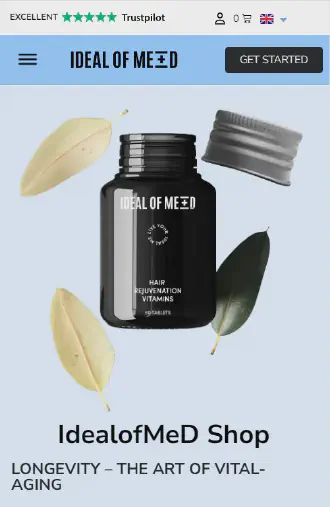Allergy Research Vitamin E Succinate takes vitamin E’s antioxidant action one step further and may help bring vitamin E into and across cell membranes. Succinate feeds directly into the Krebs cycle, our major metabolic pathway for generating energy. This extra dimension from succinate significantly extends the protective properties of vitamin E. Then why not have vitamin E as succinate in all antioxidant formulations? Because the succinate form of vitamin E is derived from soy. However, the amount of residual soy antigens in this product is very small. This form may enhance membrane integration of Vitamin E. Suggested Use:As a dietary supplement, 1 capsule one or two times daily with meals, or as directed by a healthcare practitioner. Ingredients:Serving Size; 1 capsuleServings per container; 100Amount per serving: Vitamin E (as d-alpha-Tocopheryl Acid Succinate) - 400 IU Succinate - 74 mg Other ingredients:Hydroxypropyl methylcellulose, cellulose, silicon dioxide, L-leucine. This nutrient is of the highest quality and purity obtainable, and does not contain preservatives, diluents, or artificial additives.Keep in a cool, dry place, tightly capped.
















